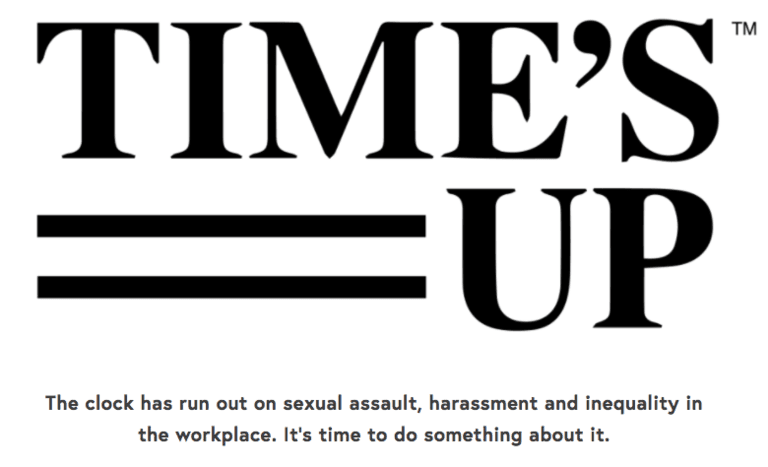
There has been a lot of talk about the recent “Me Too” and “Time’s Up” movements, but at least one organization insists those words still need to be followed up by more action. The Ethics and Compliance Initiative (ECI) recently said its research shows 18 percent of U.S. employees have observed abusive or intimidating behavior in the workplace; 7 percent of these same employees have witnessed at least one act of sexual harassment, but 37 percent of these employees surveyed who saw such misconduct at work have also said they have not reported it.
These problems may vary across major economies worldwide, but ECI says that the impact that culture, leadership and values-based ethics and compliance (or E&C) programs within an organization can make a huge difference in motivating employees to report workplace misconduct - of course, if they feel they can do so without retaliation.
In an op-ed published earlier this year on Forbes, Susan McPherson described beginning of the end of harassment and inequality in the workplace was one of eight corporate responsibility trends to watch this year.
But how companies achieve and communicate these efforts in the coming years and months will be a challenge. After all, any organization that is taking on these challenges cannot exactly boast that “we are stopping harassment and retaliation in the workplace.” We aren’t talking about measuring carbon emissions, counting volunteering hours or raising wages here.
But there are ways of showing that the old ways of doing business are over, and the list of companies who are trying to break through with their creativity is getting longer.
One obvious standout example was given during this month’s Academy Awards broadcast by Nike, which produced an advertisement with Serena Williams explaining “there’s no wrong way to be a woman.” But there other strategies that can help all of society push forward on this movement.
Getting more women on corporate boards is one way in which organizations can ensure that these messages are drilled from the top of an organization down in order to change attitudes, policies and minds. And while many companies are stepping over each other to show how they can appeal to millennials, going against the grain and fighting ageism also can help fight this problem while inspiring a younger generation of workers - as discussed in a recent Chatham House study.
Finally, taking on workplace harassment and intimidation needs to go far beyond the office parks and skyscrapers in developing countries: such behavior needs to be stamped out of supply chains worldwide. One company that says it is addressing this issue is Twinings; the tea giant claims it strives to work closely with vulnerable tea growers, the majority of which are women.
The problem of workplace harassment is not complicated to call out, as this bad behavior has been going on for decades, even centuries. But this elimination of ingrained behaviors is proving to be a complex task. So we turn to our readers: how are your organizations standing out when it comes to eliminating workplace harassment and retaliation, while communicating these efforts both externally and internally?
Image credit: Time’s Up Now

Leon Kaye has written for 3p since 2010 and become executive editor in 2018. His previous work includes writing for the Guardian as well as other online and print publications. In addition, he's worked in sales executive roles within technology and financial research companies, as well as for a public relations firm, for which he consulted with one of the globe’s leading sustainability initiatives. Currently living in Central California, he’s traveled to 70-plus countries and has lived and worked in South Korea, the United Arab Emirates and Uruguay.
Leon’s an alum of Fresno State, the University of Maryland, Baltimore County and the University of Southern California's Marshall Business School. He enjoys traveling abroad as well as exploring California’s Central Coast and the Sierra Nevadas.














